When most people think of trainable pets, dogs, cats, or perhaps even birds come to mind. Reptiles, especially leopard geckos, rarely make that list. However, contrary to popular belief, these fascinating creatures with their distinctive spotted patterns and gentle temperaments can indeed be trained to respond to certain stimuli and exhibit learned behaviors. While leopard geckos don’t possess the same cognitive abilities as mammals, their capacity for associative learning allows them to recognize patterns and respond accordingly. This article explores the surprising world of leopard gecko training, diving into what’s possible, practical techniques, and the unique bond that can develop between these reptiles and their human caretakers.
Understanding Leopard Gecko Intelligence
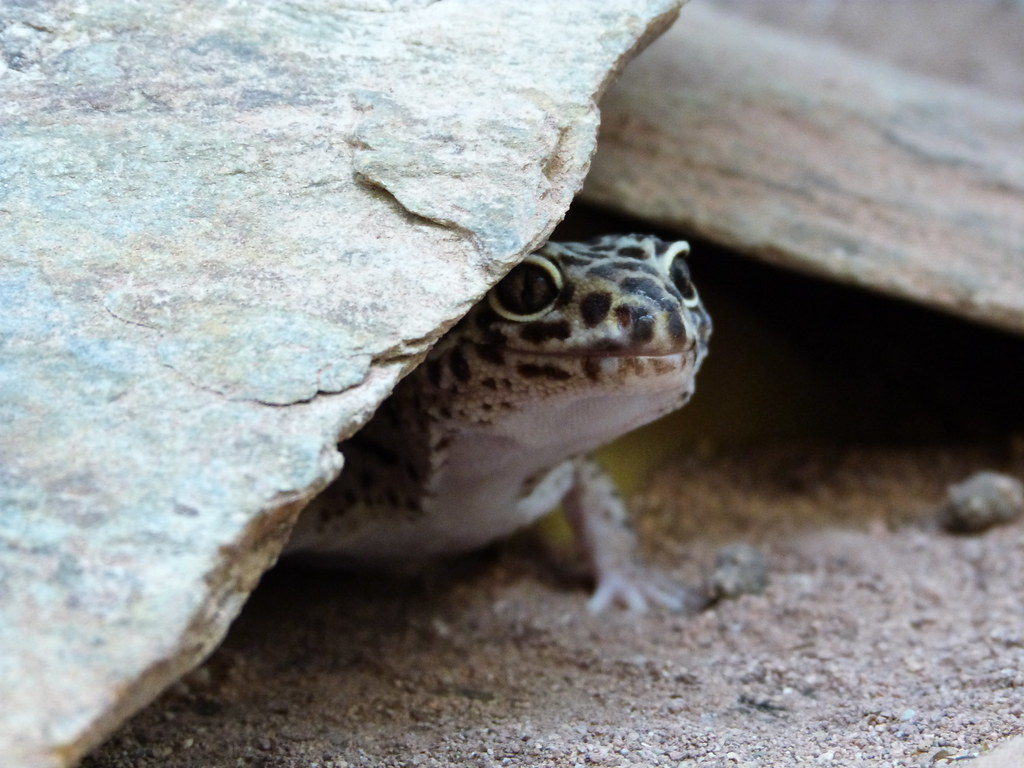
Leopard geckos possess a type of intelligence that differs significantly from mammals but is remarkable in its own right. These reptiles demonstrate excellent spatial memory, allowing them to navigate their territories and remember hiding spots with impressive accuracy. Research suggests they can recognize individual humans, particularly those who feed them regularly, showing different responses to familiar and unfamiliar people. Their brain structure, while simpler than mammals’, contains a developed amygdala and hippocampus, areas associated with memory formation and emotional responses. Understanding their cognitive capabilities sets realistic expectations for what training can accomplish and helps develop appropriate training methods suited to their natural abilities.
The Science of Reptile Learning
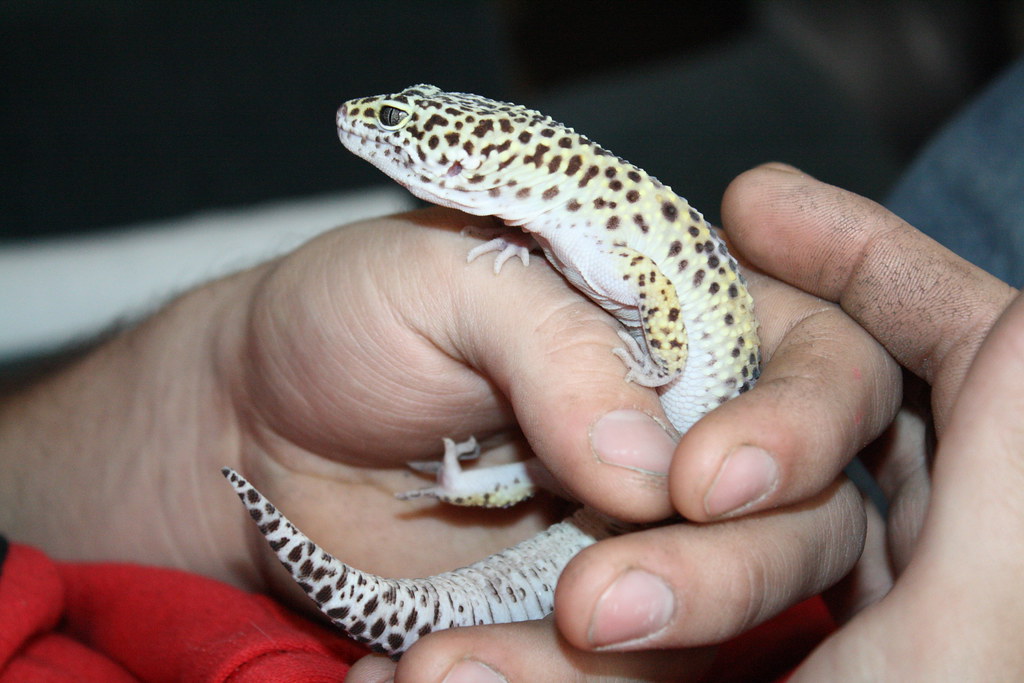
Leopard geckos primarily learn through classical and operant conditioning, fundamental learning processes shared across many animal species. Classical conditioning involves creating associations between stimuli, such as connecting the sound of a container opening with feeding time. Operant conditioning, meanwhile, utilizes rewards to reinforce desired behaviors, making the gecko more likely to repeat actions that result in positive outcomes. Studies in herpetology have demonstrated that reptiles can form these associations relatively quickly, sometimes within just a few training sessions. The gecko’s brain efficiently processes these reward-based scenarios, creating neural pathways that strengthen with repetition, which explains why consistent training produces the most reliable results in these remarkable little reptiles.
Benefits of Training Your Leopard Gecko

Training a leopard gecko offers numerous advantages beyond the novelty of having a reptile that responds to cues. Regular training sessions provide essential mental stimulation, preventing boredom and encouraging natural curiosity and exploration behaviors. The training process significantly reduces stress during necessary handling procedures like health checks and tank cleaning, as the gecko becomes accustomed to human interaction in a positive context. Trained geckos typically display fewer stress behaviors such as tail waving or hiding excessively when their owners approach. Perhaps most importantly, the training process builds a unique bond between owner and reptile, creating a more interactive and rewarding pet ownership experience that many gecko enthusiasts find deeply satisfying.
Target Training Fundamentals
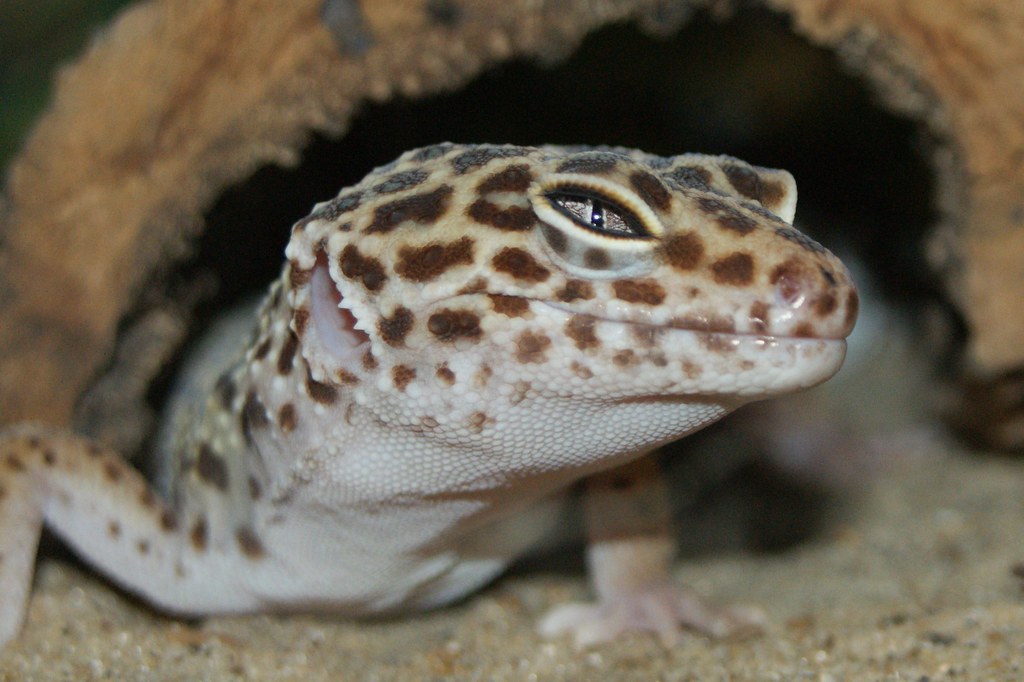
Target training represents one of the most effective and beginner-friendly methods for leopard gecko training. This technique involves teaching your gecko to touch or approach a specific object (the target) on command, usually a small stick with a colored tip or a similar distinctive item. Begin by presenting the target near your gecko, and when they naturally investigate it with a touch of their nose, immediately reward them with a treat. Consistency is crucial – the reward must follow the desired behavior immediately to create a clear association. Over time, gradually increase the distance between the gecko and the target, encouraging them to move farther to touch it. Many owners report success within just a few weeks of regular 5-minute sessions, with their geckos eagerly approaching the target from across their enclosure.
Hand-Feeding Training Techniques

Hand-feeding training establishes trust and creates positive associations with human interaction, making it an excellent foundation for more advanced training. Begin this training by placing a favorite treat like a small mealworm or cricket on your flattened palm, keeping your hand still inside the enclosure until your gecko feels comfortable approaching. Patience is essential during initial sessions, as some geckos may take several minutes or even multiple sessions before gaining confidence to approach your hand. As your gecko becomes more comfortable, gradually transition to holding the treat between your fingers, encouraging them to take food directly from your hand. This technique not only facilitates bonding but also makes health checks easier as your gecko learns to associate your hands with positive experiences rather than potential threats.
Teaching Your Gecko to Come When Called

Remarkably, leopard geckos can learn to respond to their names or specific sounds through consistent association with feeding time. Begin this training by selecting a distinct sound, such as a gentle clicking noise or a short, consistent word that will become your gecko’s “name.” Make this sound immediately before offering food, creating a clear association between the auditory cue and the reward. Practice this sequence during every feeding for several weeks, maintaining consistency in both the sound used and the timing between the cue and food presentation. Over time, many gecko owners report their pets emerging from hiding spots or approaching the front of their enclosure when they hear their “name,” even outside of regular feeding times. This behavior demonstrates the gecko’s ability to form complex associations between sounds, the presence of their owner, and the prospect of food.
Teaching Simple Tricks and Behaviors
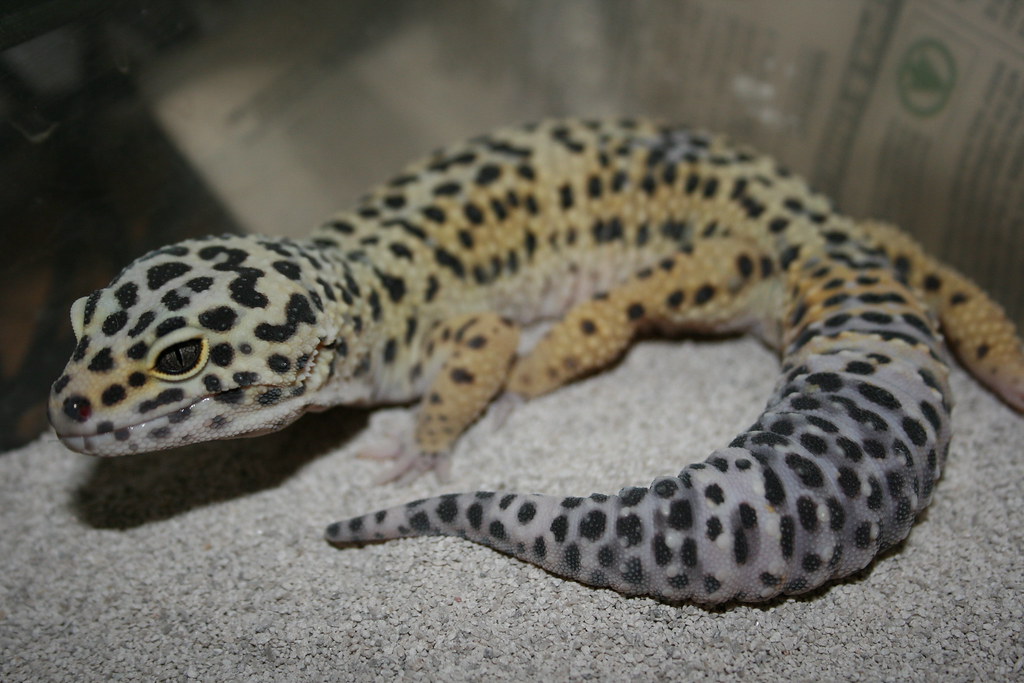
Beyond basic training, leopard geckos can learn several impressive behaviors that showcase their intelligence. One popular trick involves teaching them to climb onto a specific platform or “station” in their enclosure on command, using target training principles and gradually raising the target to encourage the climbing behavior. Some dedicated trainers have successfully taught their geckos to follow a small ball or toy across flat surfaces, tapping into their natural hunting instincts by rewarding movement tracking. Particularly food-motivated geckos can even learn to navigate simple mazes with consistent practice, demonstrating problem-solving abilities that surprise many reptile experts. These advanced behaviors typically require several months of patient, consistent training sessions but provide substantial enrichment for the gecko while demonstrating the unexpected learning capacity of these fascinating reptiles.
The Perfect Training Environment

Creating an optimal environment significantly enhances training success with leopard geckos. Choose a quiet location free from sudden noises, other pets, or distractions that might startle your naturally cautious gecko. Timing is crucial – work with your gecko’s natural activity periods, typically during dawn and dusk when these crepuscular creatures are naturally most alert and responsive. Temperature plays a vital role in reptile cognitive function; ensure the training area maintains the optimal temperature range of 75-85°F (24-29°C), as geckos become sluggish and less responsive when too cool. Keep sessions brief, ideally 5-10 minutes maximum, as leopard geckos have relatively short attention spans and can become stressed with prolonged handling or excessive stimulation, which undermines the positive associations essential for effective training.
Choosing the Right Rewards

Effective training hinges on identifying rewards that truly motivate your individual leopard gecko. While most respond well to food rewards, preferences vary significantly between individuals, with some showing strong preferences for specific insects. Premium treats like waxworms or butter worms often generate stronger motivation than staple feeders, making them excellent high-value rewards for new or challenging behaviors. The timing of rewards critically impacts learning – delivery must occur within seconds of the desired behavior to create clear associations in the gecko’s mind. Consider your gecko’s appetite patterns, as training typically proves most effective before regular feedings when motivation is highest but not immediately after they’ve eaten. Some owners find success using gentle tactile rewards like soft chin scratches for well-socialized geckos that enjoy handling, providing an alternative reward system that doesn’t impact their nutritional balance.
Recognizing and Working Through Training Challenges
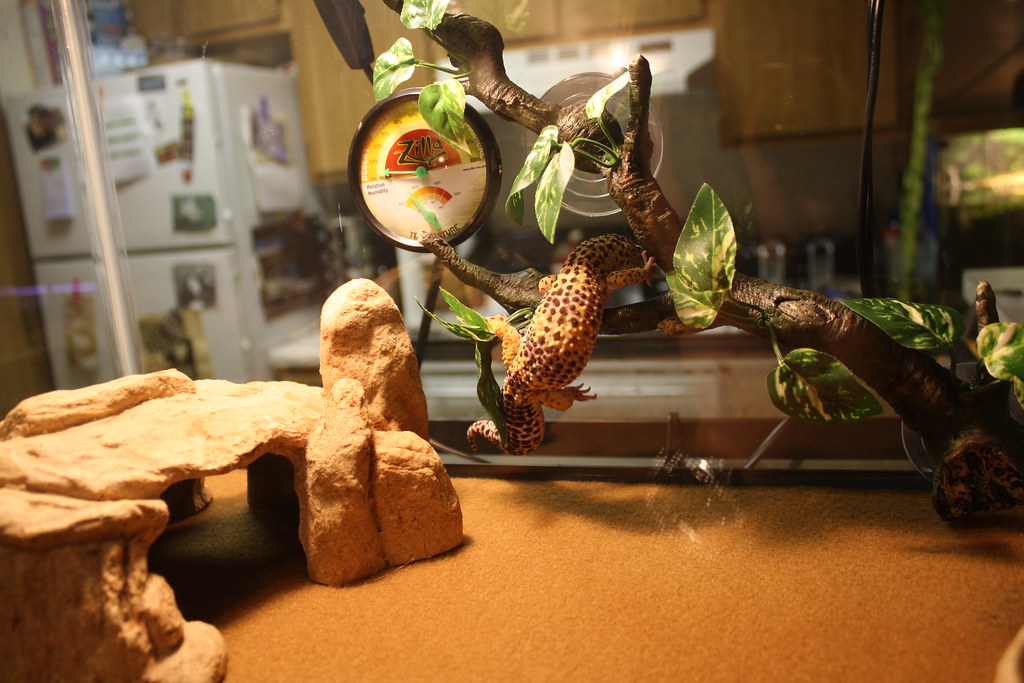
Even with optimal techniques, leopard gecko training often presents specific challenges requiring thoughtful troubleshooting. Fear responses represent the most common obstacle, with some geckos retreating or freezing during initial training attempts, particularly with newly acquired or naturally timid individuals. Address this by reducing environmental stress factors and beginning with ultra-short sessions focused solely on building positive associations with your presence. Inconsistent motivation frequently frustrates owners, as geckos may show enthusiasm during one session but seem completely disinterested the next day. This typically relates to their natural feeding patterns or environmental factors like subtle temperature fluctuations or approaching shedding periods. Training plateaus occur when geckos seem to stop progressing with a particular behavior; overcome this by breaking the behavior into smaller components or temporarily returning to previously mastered skills to rebuild confidence before attempting more challenging tasks.
Understanding Body Language During Training
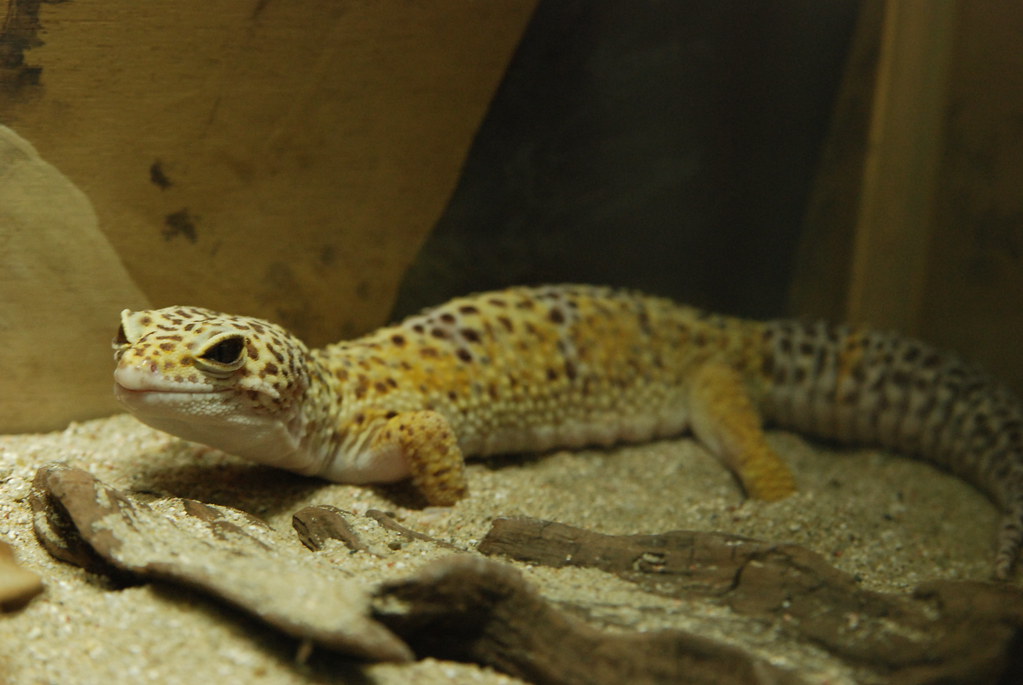
Successful training requires accurate interpretation of leopard gecko body language to gauge their receptiveness and stress levels. Relaxed, engaged geckos display slightly raised heads, forward-facing eyes, and smooth body posture without tense muscles. Their tails remain relatively still without rapid movements, indicating comfort with the training situation. Warning signs that a gecko feels stressed include raised tails (especially with slow waving), rapid breathing, closed or squinting eyes, or flattening their body against the surface. Immediately halt training if you observe defensive postures like opening the mouth, hissing, or tail rattling, as these indicate significant discomfort. Learning to recognize subtle early stress indicators allows you to adjust your approach before the gecko becomes overwhelmed, preserving the positive training relationship and preventing setbacks that might occur if training sessions regularly become stressful experiences.
Progressing to Advanced Training

Once your leopard gecko masters basic behaviors, you can gradually introduce more complex training challenges that provide deeper mental stimulation. Chain behaviors together by teaching your gecko to perform a sequence of previously learned actions, such as approaching when called, then touching a target, and finally climbing onto a specific platform. Some advanced trainers introduce discriminative cues, teaching their geckos to distinguish between different targets or commands and respond appropriately to each. Environmental enrichment training incorporates naturalistic behaviors by creating setups that encourage problem-solving, like navigating to a food reward through different pathways. With particularly responsive individuals, some owners have successfully implemented clicker training, using the distinct sound as a precise marker for correct behaviors before delivering rewards, allowing for more precise timing and potentially faster learning of complex behaviors.
Building a Lifelong Training Relationship

Maintaining and developing your leopard gecko’s training represents an ongoing journey rather than a finite process with a definitive endpoint. Establish regular maintenance sessions to preserve learned behaviors, ideally conducting brief practice of established skills several times weekly, preventing the natural extinction of behaviors that occurs without reinforcement. Continually introduce novel elements to prevent boredom, whether new behaviors, different environments for practicing familiar skills, or varied rewards to maintain enthusiasm. Document your gecko’s progress through video recordings or training journals, allowing you to recognize subtle improvements that might otherwise go unnoticed and providing valuable reference for troubleshooting if challenges arise. The most successful training relationships evolve over years, with some owners reporting increasingly complex communication and understanding with geckos they’ve worked with consistently throughout the reptile’s 15-20 year lifespan.
The Limits of Leopard Gecko Training
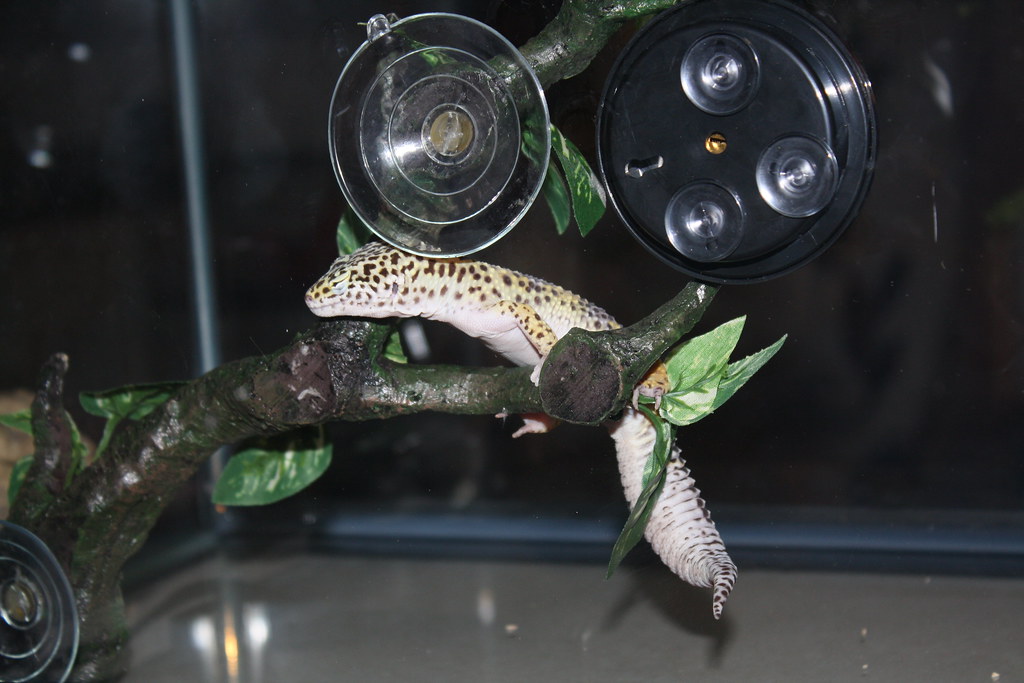
While leopard gecko training capabilities often surprise owners, understanding their natural limitations prevents frustration and unrealistic expectations. Unlike mammals with neocortex development, geckos process information differently, excelling at behaviors that connect with their natural instincts but struggling with abstract concepts. Their training responses remain primarily instinctual rather than demonstrating the reasoning capabilities seen in more advanced vertebrates. Individual variation plays a significant role, with some geckos showing remarkable aptitude while others display minimal interest in training interactions regardless of technique. Age factors significantly influence trainability, with juvenile geckos typically demonstrating greater adaptability and learning speed compared to older specimens with more established behavioral patterns. Recognizing these boundaries allows owners to celebrate their gecko’s achievements within the appropriate context of reptilian cognition rather than comparing them to mammalian pets.
Leopard gecko training reveals a fascinating dimension of reptile ownership that many enthusiasts never explore. While these small lizards won’t perform the complex tricks of a trained dog, their capacity for learning and relationship-building exceeds what most people imagine possible from a reptile. Through patient, consistent training that respects their natural behaviors and cognitive abilities, owners can develop a unique bond with their leopard geckos, enriching both the reptile’s life through stimulation and the owner’s experience through deeper interaction. Whether you’re teaching basic target training or working on more advanced behaviors, the process offers valuable insights into reptile cognition while creating a more engaging pet ownership experience. With realistic expectations and appropriate techniques, the question “Can you train a leopard gecko?” indeed has a surprising answer: yes, and the journey proves remarkably rewarding for those willing to explore this unexpected aspect of reptile companionship.

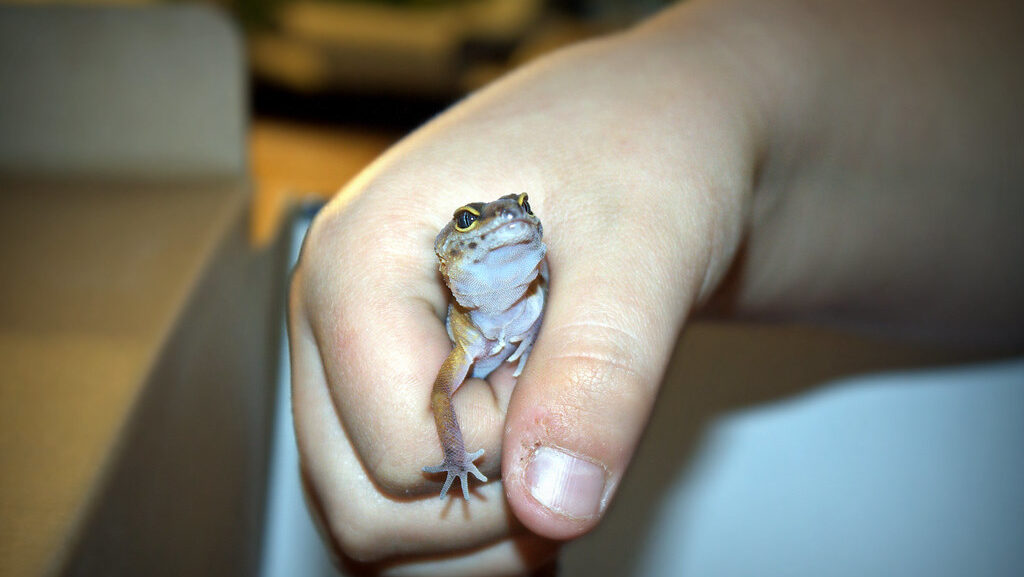
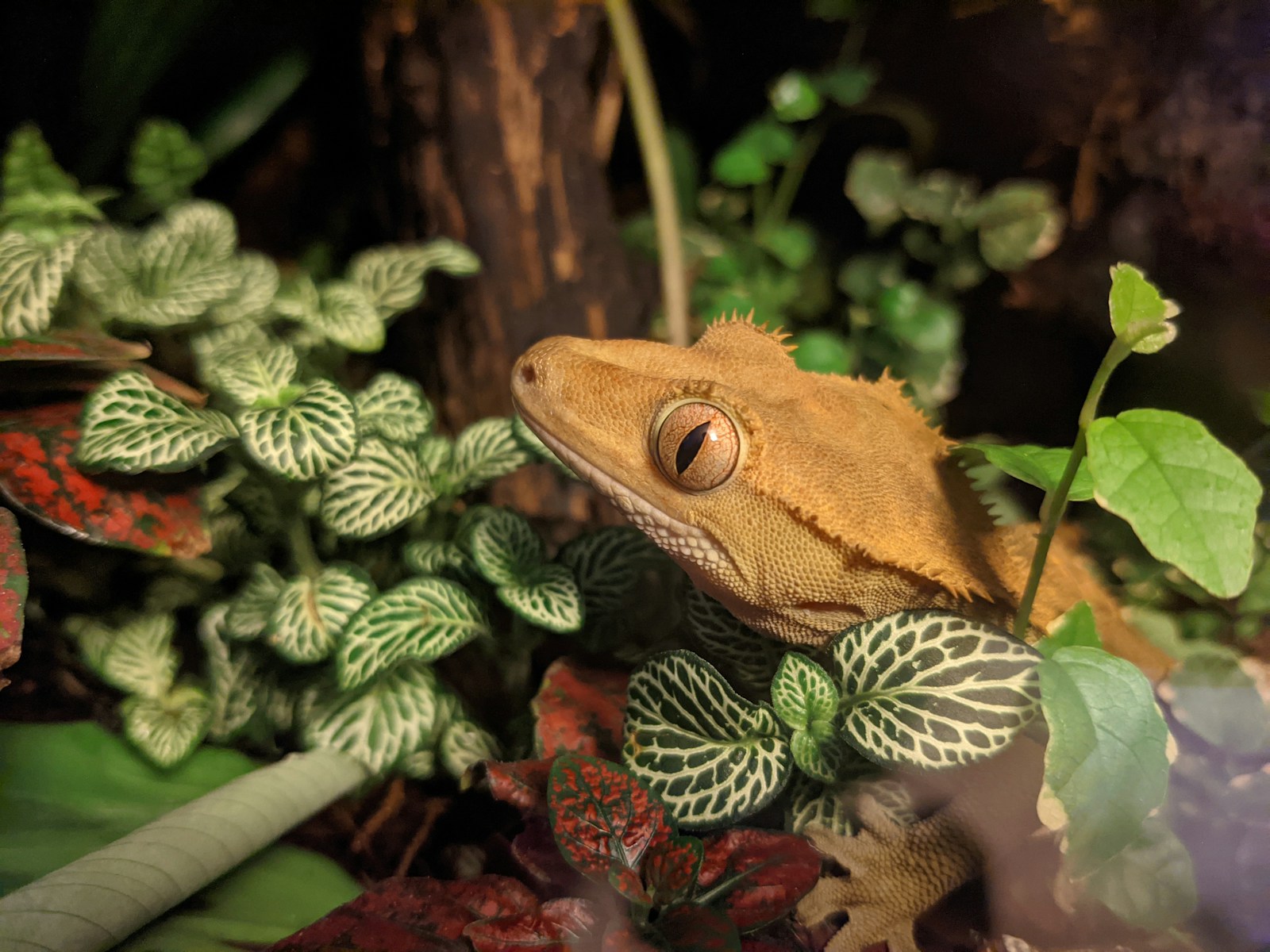
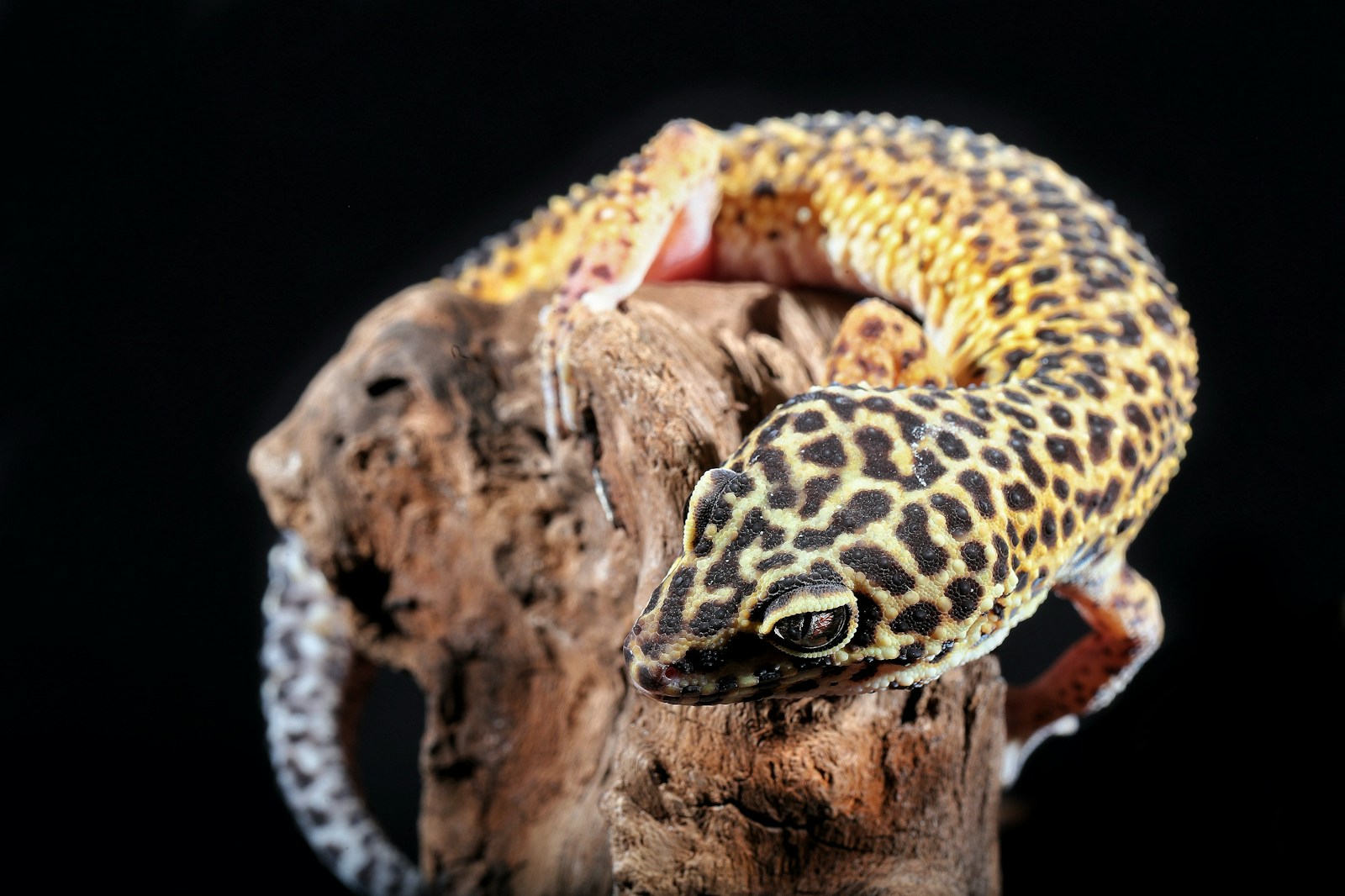


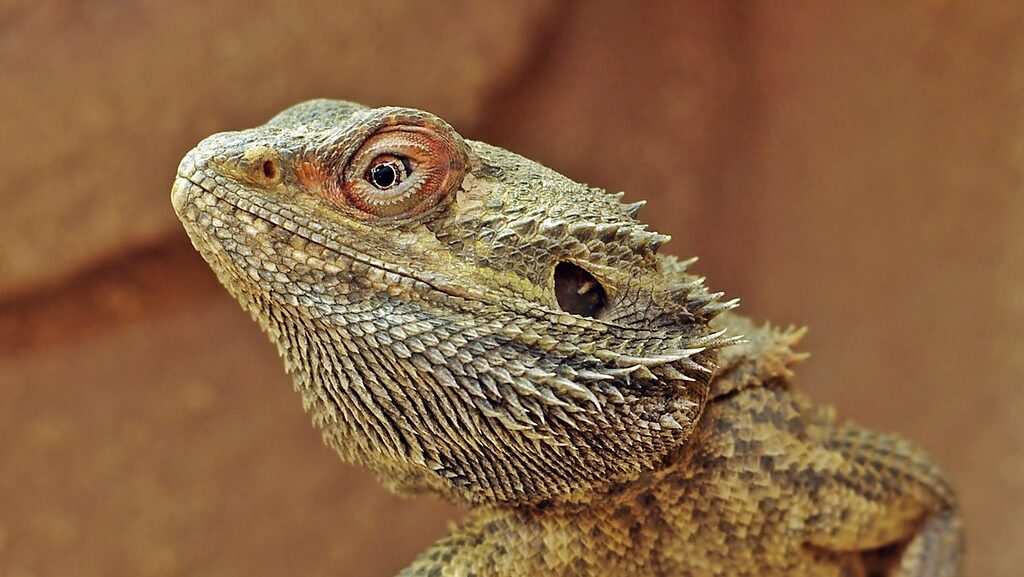

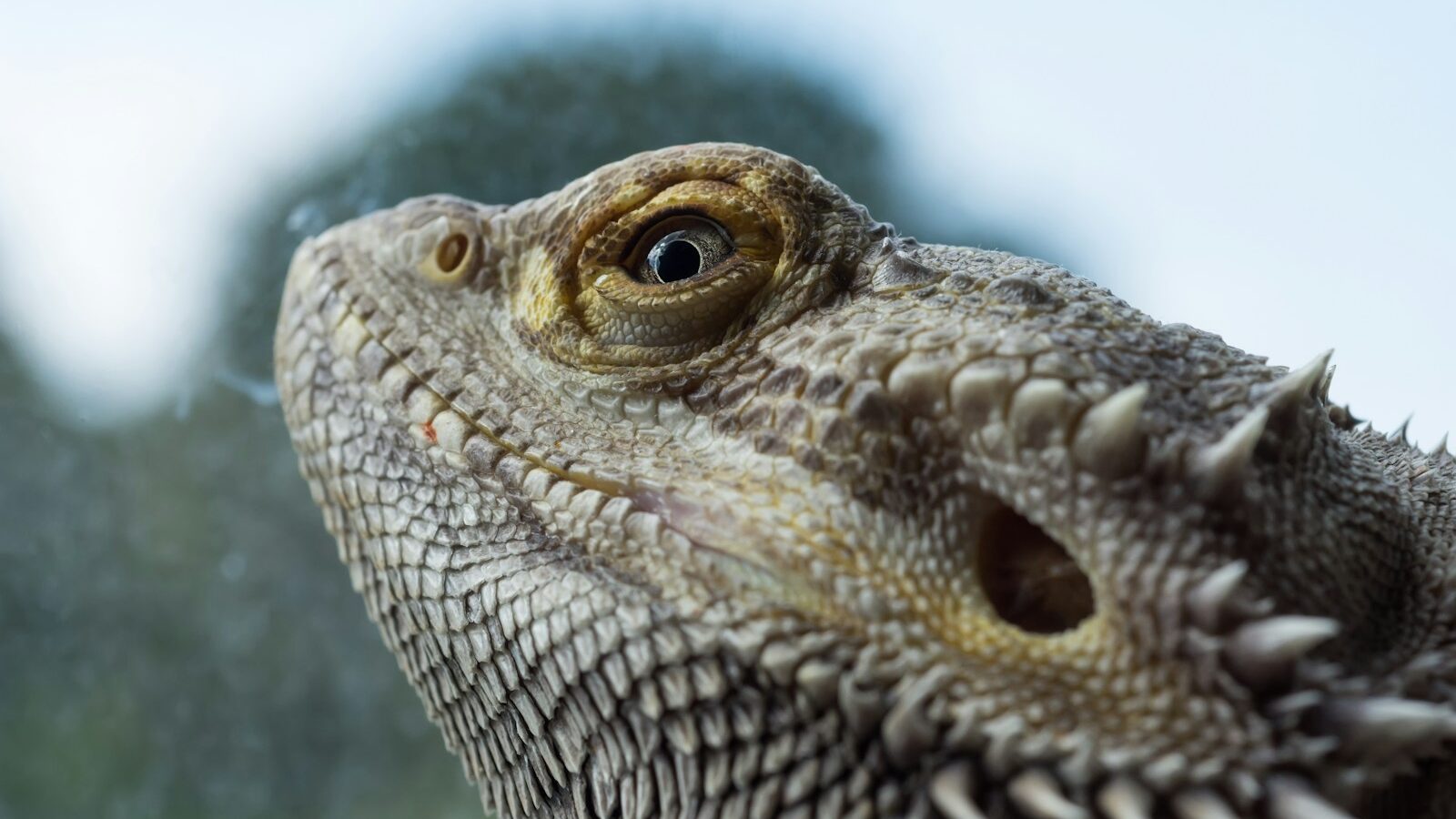

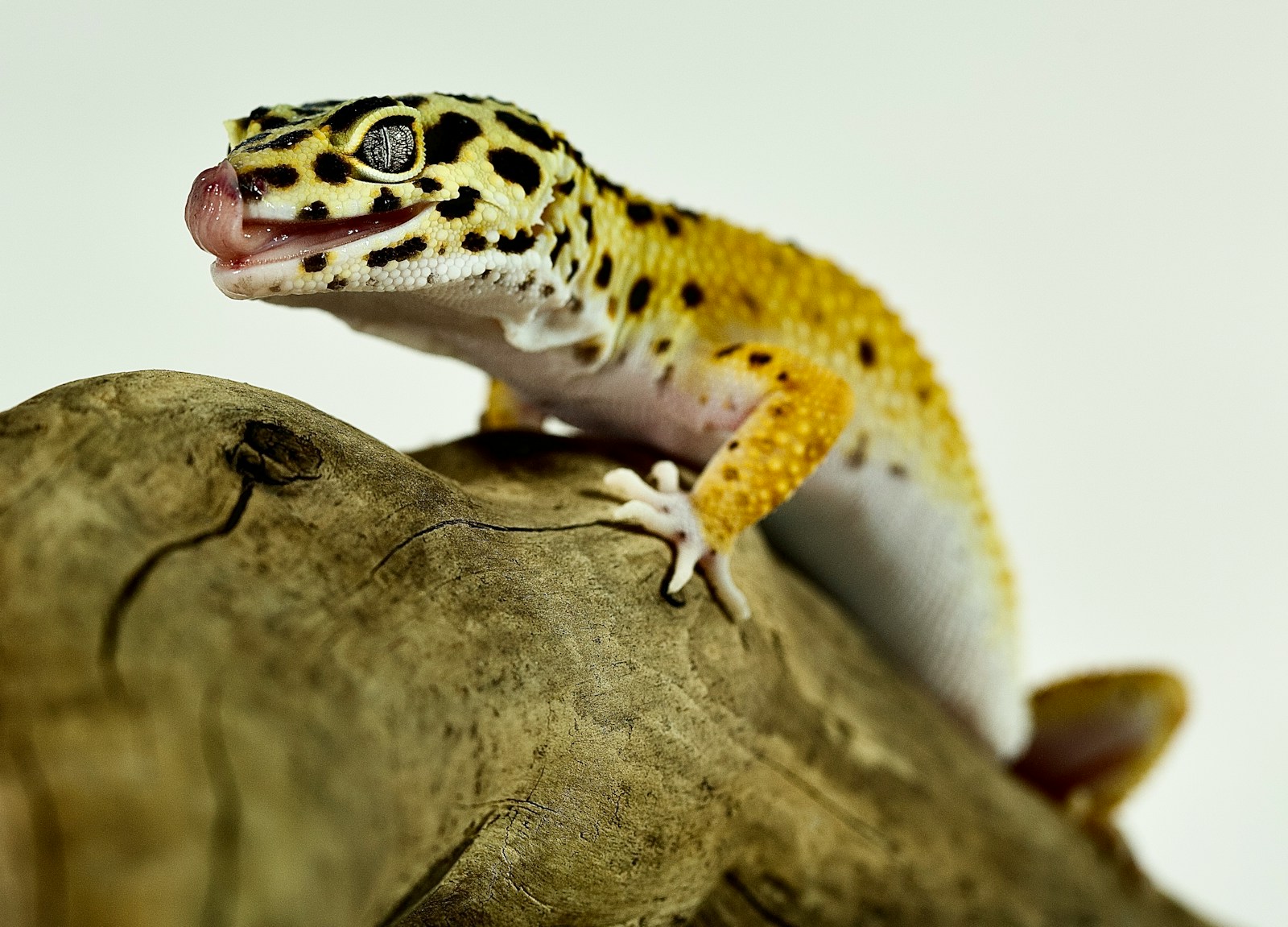

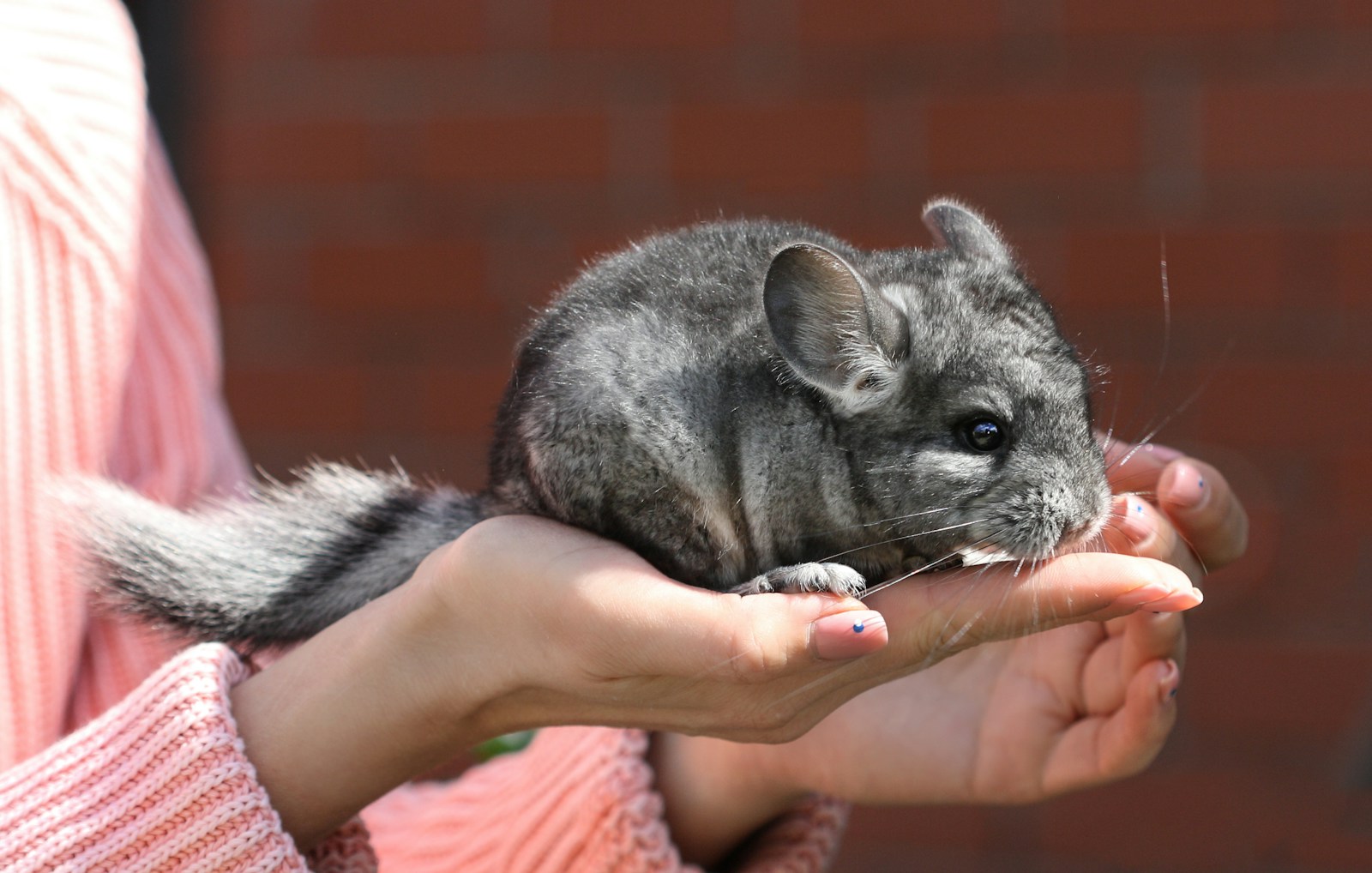

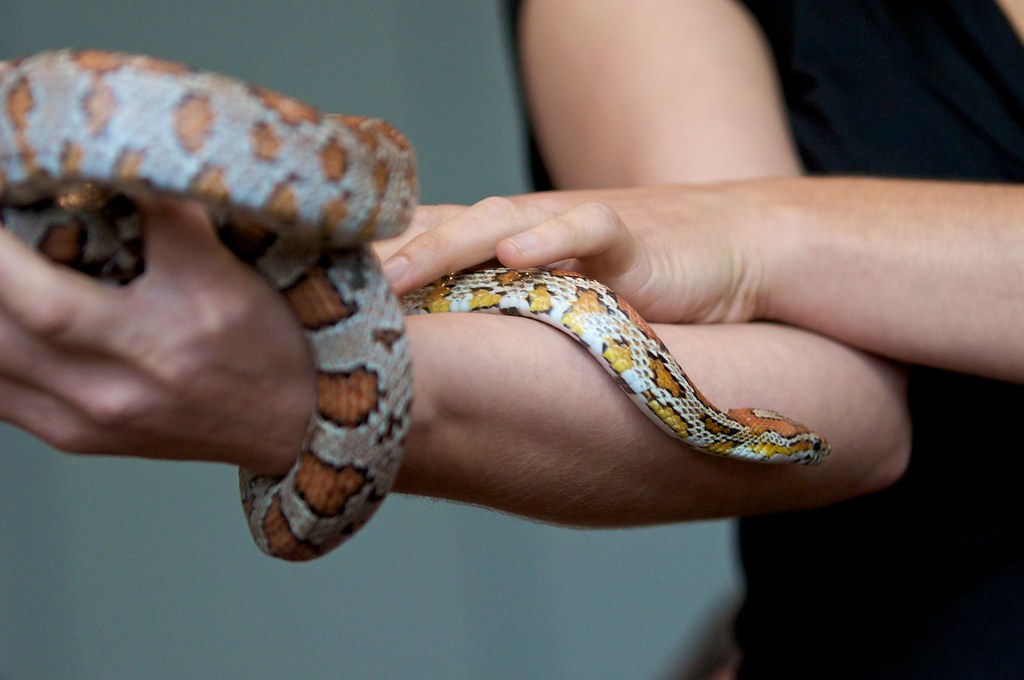
Leave a Reply